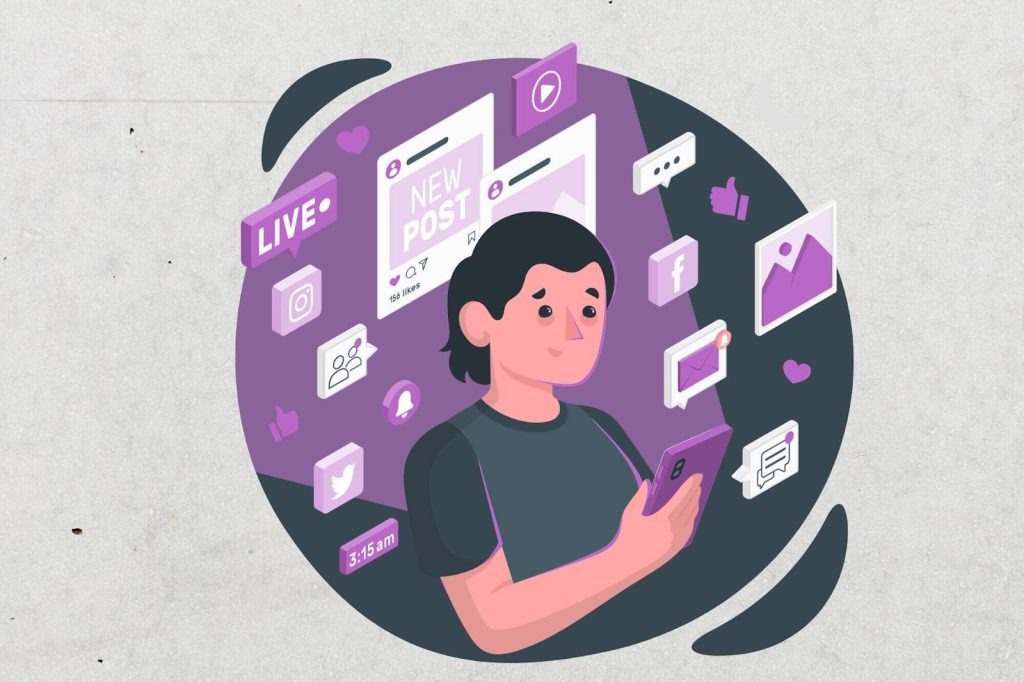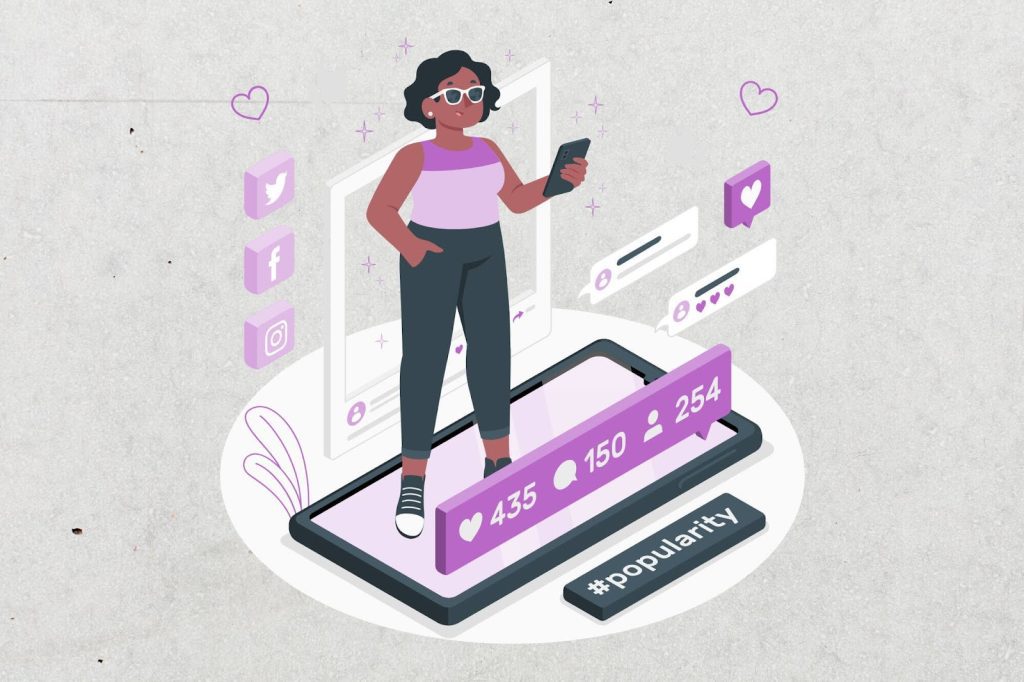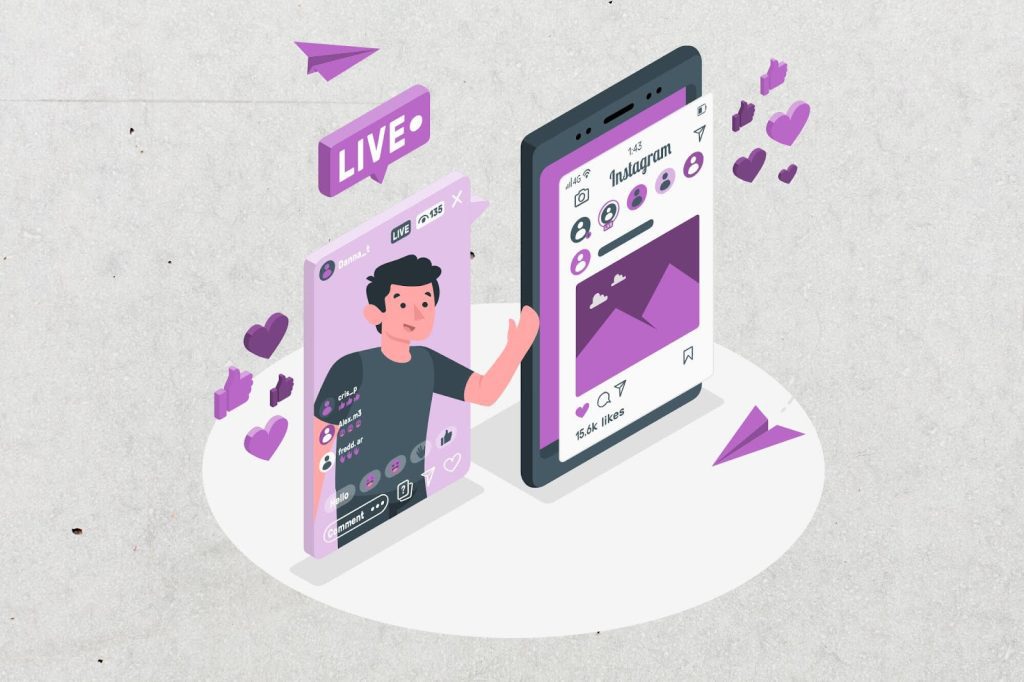






Quick Overview
Viral social media marketing uses engaging content to capture attention, trigger sharing, and spread rapidly across platforms. It combines psychology, creativity, and strategy to boost visibility, brand recognition, and customer engagement. This guide covers:
✅ Emotion, relatability, and social currency as the psychological triggers behind sharing
✅ Visual appeal, clarity, humor, and timeliness as key elements of viral posts
✅ Audience insights, user-generated content, and trend participation as core strategies
✅ Infographics, influencer collaborations, and short-form video as shareable formats
✅ Shares, engagement, reach, click-throughs, and conversions as measures of success
Viral social media marketing is an increasingly influential arena for brands to reach people, with billions of users worldwide. Suppose you can create viral content that reaches a massive audience. In that case, it can be the best way to increase your brand’s visibility, engagement and success. What is viral social media marketing, and how can you create content that has the potential to go viral? We’ll cover everything you need to know, from the psychology behind viral content to actionable strategies to help you make your posts more likely to stand out and engage with audiences.
Viral social media marketing is the process of creating and sharing content on social platforms that attracts a large amount of attention, shares, and engagement within a short period. The viral part comes when the content strikes a chord with its audience, and viewers feel the need to share it with their networks.
Virality remains the social media marketer’s Holy Grail for a modest investment (in time as well as money), it promises a disproportionate return in exposure. Viral marketing, if done right, can boost brand recognition, customer loyalty, traffic, and sales.
The key driving forces of viral content are emotion, relatability, and shareability. We’ve compiled a simple list of how to understand the psychology of sharing and how to make your posts stick.
In order to produce content that could go viral, you need to understand the psychological triggers that underlie why people share in the first place.
Emotion is the most significant motivator of virality. People are more likely to share content that makes them feel something – about an article, a photo, or a video – be it happiness, excitement, surprise, or even anger. Feel-good stories, uplifting quotes, and happy animal videos are shared more widely than most things because they’re joyful.

Still, other sorts of content can also provoke strong feelings, including negative ones, that cause them to go viral. Sometimes, it’s issues that are controversy-laden or just plain shocking that get people to share as they react emotionally and feel driven to talk about or argue over an event, issue or person.
People also share content that reflects their experiences, beliefs or values. When content is relatable, users feel seen and understood, linking on a personal level to a feeling or experience they’ve had themselves. This can be funny content, videos that narrate everyday struggles, or content that reflects shared identity or community.
Good relatable content does this by tapping into common experiences shared between the creator and their audience – from the universal human experience of love and frustration to an outsider’s ability to pick up on esoteric fandoms and hobbies.
Social currency can be defined as the value a user derives from sharing content that makes them look good or reinforces their social identity. A user will share something because it’s informative, trendy, or funny – but more often than not, they’re doing so because it enhances their brand or reputation. If your content is educational, well-informed, or ‘of the moment’, then users will want to share it to show off their expertise or ‘in-the-know’ status.
There is no true formula for creating a viral post. Still, there are particular qualities that most viral content has in common – qualities that will help your content to go viral and be shared across the web:
Social media is a visual medium – and a post with interesting visuals, whether it’s an image, an infographic or a video, is going to do better than a text post. Visual content stands out, and it gets users to stop scrolling and pay attention to your post.

Think about adding high-quality images, GIFs or short-form videos that support your brand’s narrative. Instagram, Pinterest and TikTok all rely on their visual nature to be successful. You have to look good to succeed on these channels.
In the present age of fast-paced social media interactions, people have very short attention spans. Viral content tends to be snappy and catchy and gets to the point. Punchy headlines, quick posts with a minimum of text, or a clear call to action lend themselves to being shared more than longer or more ambiguous posts.
The fewer words it takes to convey your message, the better. Don’t give users too much to chew on all at once. People are not likely to read a long Tweet, Instagram caption or video description aloud with their friends. Still, they might read it to themselves, which is why you should make sure it’s easy and immediately engaging.
Humour is one of the most effective forms of viral marketing. When content makes people laugh, it becomes not only interesting but also very shareable. Memes and light-hearted videos create a momentary escape from the seriousness of everyday life, and users want to share this moment with their friends.
One of the most successful viral social media marketing campaigns is based on memes. Products or services that are promoted by brands that have successfully adapted to meme culture often see their content re-posted around the internet, from Twitter to Instagram and TikTok.
A strong call to action (CTA) that requests users to share your post, tag a friend, or visit your website encourages them to engage with your post and helps your post to go viral.
For example, asking people to ‘share if you agree’ or ‘tag a friend who needs to see this’ invites them to participate in and respond to your post directly. People are more likely to engage with a post when they know exactly what step they can take to do so.
Much viral content is connected to that moment, playing into what’s trending or what’s culturally relevant for users. Suppose the news is dominating your Facebook feed, or everyone is sharing videos of a popular social media challenge. In that case, your chances of gaining traction with your post will increase if you capitalise on that moment.

Platforms such as Twitter and TikTok are the best for live marketing. Check the trends and see what the latest thing is and how your brand can genuinely insert itself.
With our explanation of the psychological triggers and core elements of viral posts behind us, let’s take a look at the strategies that you can use to create viral-worthy content.
Although getting millions of views is the goal, knowing your audience is even more important. Viral marketing is not so much about reaching as many people as possible as it is about reaching the right people. Many people will watch a video about a cute kitten, but not everyone will share it. So please spend some time learning about your audience, their interests, behaviours, and pain points, and create content that will address those things.
The more you know about your audience, their interests, and their experiences, the more you can tailor your messages to their context and preferences, which will make them more likely to pay attention to your content. Social media analytics, for example, can provide details on what types of content resonate with your audience and what topics are likely to get attention.
UGC is short for ‘user-generated content’, which is any piece of content created by users or customers on or in relation to your brand. When you get your audience to make and share content about your products or services, it will increase your reach as well as create a community around your brand.

Technically, it is when brands such as GoPro or Starbucks get customers to ‘share their experience’ by posting a photo or video of a GoPro stunt or a selfie with a Starbucks coffee, but these campaigns still go viral. Offering contests, challenges or hashtags that prompt users to contribute their content can help create that snowball effect. The more people contribute, the more likely your brand will go viral.
The easiest way to jump on the viral bandwagon is to participate in social media trends and challenges. Viral challenges pop up all the time on TikTok and Instagram — in fact, it is these challenges that drive many of the apps’ most viral content. You can significantly increase your chances of going viral by providing your brand’s spin on a popular challenge.
For instance, you can jump on a dance challenge, a hashtag fad or a meme format that is already trending – make sure the way you participate reflects your voice and values as a brand.
Infographics are shareable because they reduce complex information into a visually appealing, easy-to-digest format. Suppose you come up with an infographic or visual that offers insights, stats or tips to your audience. In that case, this will make your content more shareable.
For instance, a fitness brand could create an infographic workout plan or nutrition guide that followers can share with their friends. Be sure to link your infographics back to your website or social channels for increased traffic and engagement.
Another great way is to reach Influencer Marketing because they have built up a lot of trust with their followers, and their share can also increase the visibility and shareability of your content.

By working with influencers – people who have authority in your niche and a following that will benefit from your brand – you can reach new audiences. Your content can also be co-opted to help these influencers spread their message or establish themselves as influencers. In short, the content of your organisation may become the content of the influencers, adding to their credibility and helping your content to spread.
Short-form videos are among the most viral forms of content across platforms, from TikTok and Instagram Reels to YouTube Shorts. Such platforms reward short-form browsing – catchy videos that hook viewers and encourage them to watch, like and share.
For girls, shooting short-form videos that are fun, entertaining, and informative is ‘the main way to go viral’: upload content that consists of behind-the-scenes footage, product demos, or challenges related to trends. Be ‘silly and creative and real’, and make sure the content ‘lines up with what everyone else wants to see’.
Viral content is great, but it doesn’t end there. You have to put in the work to measure your content and see what works best. With the right metrics, you can measure how effective your viral content is and use that to improve your future content. Key Metrics to Track:

Viral social media marketing can allow brands to reach large audiences and create impressions like never before. The key to increasing your chances of going viral is understanding the psychology of virality, crafting posts that are visually and emotionally appealing, and leveraging trends and collaborations with influencers.
However, keep in mind that virality is never a sure thing. By using the tips above and following an audience-first approach, your content has an excellent shot at scoring a viral hit. Keep experimenting, keep getting creative, and keep testing your results so you can continue to refine your viral marketing efforts.